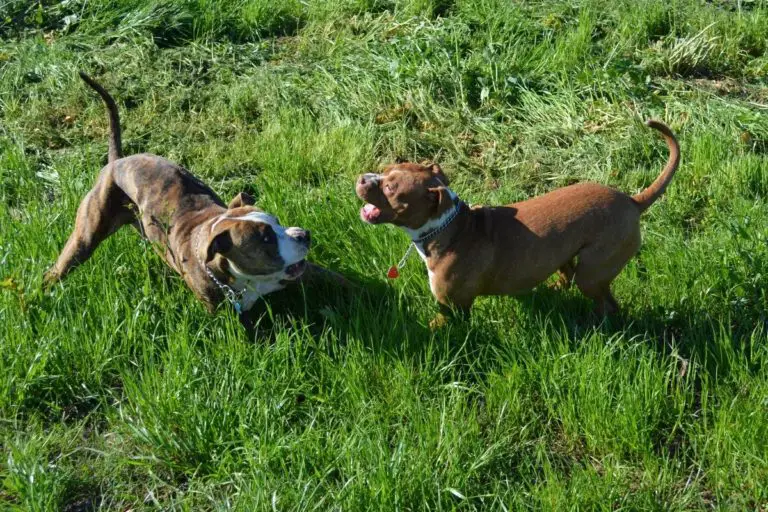Do All Pitbulls Have A White Chest? Explaining Pitbull Markings Simply
This post contains affiliate links and I will be compensated if you make a purchase after clicking on my links
There are multiple kinds of Pitbull breeds, and they tend to have different physical characteristics, including the color of their coats and any markings on their bodies.
So, do all Pitbulls have a white chest? Not all Pitbulls have white chests because the color of a Pitbull’s coat and any marking on its body mainly depend on the dog’s bloodline and genetics. However, it’s usually more common for Pitbulls with black, fawn, blue fawn, tan, buckskin, liver, and brindle coats to have white chests.
Keep reading to learn more about the main breeds of Pitbulls, why they have different coat colors and markings, the most common Pitbull colors, and how to determine the kind of Pitbull you have.
What Are the Main Breeds of Pitbulls?
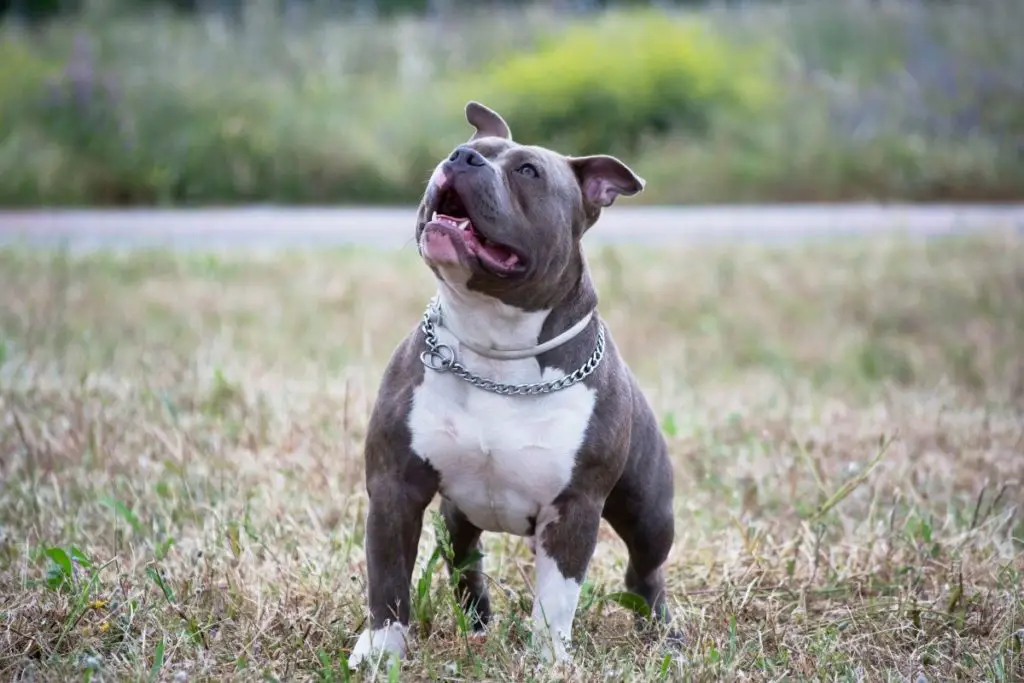
The term “Pitbulls” is used to refer to multiple dog breeds, including:
- The American Pitbull Terrier – This breed is the most commonly associated with the term “Pitbull” as it’s purebred and has been around for over 150 years. However, it’s recognized by the United Kennel Club (UKC) but not the American Kennel Club (AKC).
- The American Staffordshire Terrier – This breed is commonly known as AmStaff. It’s recognized by the United Kennel Club (UKC) and the American Kennel Club (AKC).
- The Staffordshire Bull Terrier – This breed is the more popular in Great Britain, and it’s the shortest among all Pitbull breeds. It’s recognized by both the United Kennel Club (UKC) and the American Kennel Club (AKC).
- The American Bully – This breed is descended from the American Pitbull Terrier, and it’s the largest among all Pitbull breeds. Only the UKC recognizes it.
All these Pitbulls breeds are similar in their temperament; however, they tend to have slight differences when it comes to some of their physical characteristics.
Most Pitbulls have similar characteristics, including the stocky muscular build, square-shaped head, fleshy nose, short muzzle, and big almond-shaped eyes. However, other attributes like the color of their coats and any marking on their bodies tend to differ from one dog to another.
Why Do Pitbulls Have Different Colors and Markings?
The color of a Pitbull’s coat and any markings on its body will mainly depend on the dog’s bloodline and the genes that produce the pigmentation in the body.
There are two primary pigments that are responsible for the color of a Pitbull’s coat:
- The first pigment is known as Eumelanin, and it’s mostly responsible for the black or darker colors in the Pitbull’s coat.
- The second pigment is known as Pheomelanin, and it’s responsible for the red color in the Pitbull’s coat.
So, combining different amounts of these two pigments will determine the exact shade your dog’s coat will be.
What Are the Most Common Pitbull Colors?
Most people assume that Pitbulls come in standard colors: black, red, and brindle. But, they actually come in over 20 colors, and each color is unique with its characteristics.
So, here’s a list of the most common Pitbull colors that the major kennel clubs recognize:
- Black
- Black Brindle
- Red
- Red Brindle
- Blue
- Blue Brindle
- Blue Fawn
- Blue Fawn Brindle
- Fawn
- Fawn Brindle
- Fawn Sable
- Tan
- Buckskin
- Seal (Reddish-Brown)
- Tricolor
- Reverse Brindle
In addition, there are some Pitbull colors that the major kennel clubs do not recognize as they are considered to be a breeding fault. So, here’s a list of these colors:
- Black and Tan
- Liver (Chocolate)
- Liver Brindle
- Merle
- Albino
- Pure White or 80% White
Do All Pitbulls Breeds Have White Markings on Their Chests?
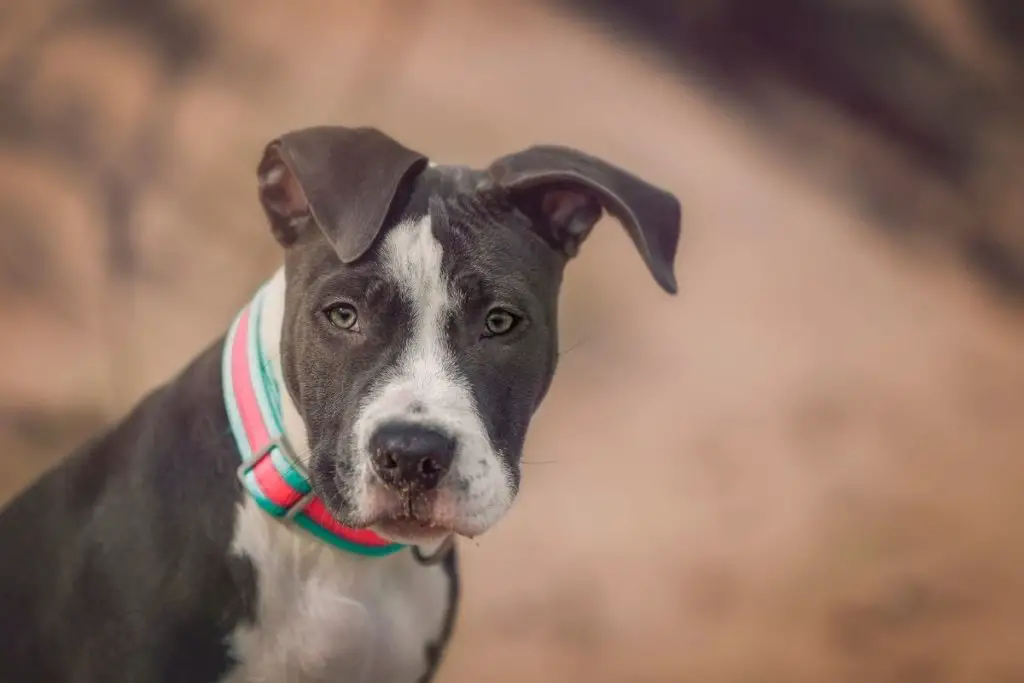
Not all Pitbulls breeds have white marking on their chests. As mentioned before, the color of a Pitbull’s coat and any marking on its body will mainly depend on the dog’s bloodline and its genetics.
However, it’s usually more common to see white chests or white marking on the chest area in Pitbulls with black, fawn, blue fawn, tan, buckskin, liver coats, and all kinds of brindle coats. You can learn more about these markings in my guide to the Brindle Pitbull here.
How to Determine What Kind of Pitbull You Have?
Since there are multiple Pitbull breeds, it can be challenging to determine whether your dog is actually a Pitbull and what kind of Pitbull it is.
Breeders and owners should know the defining physical characteristics of all Pitbull breeds to make a checklist that they can compare the dog they have., So, if the dog matches most or all of the physical characteristics on the checklist, then it’s probably a Pitbull.
However, keep in mind that visually comparing the dog’s characteristics might not always be reliable, and a genetic test will give you a more accurate answer about your dog’s breed.
Related Questions
What’s the Rarest Pitbull Color?
The rarest Pitbull color is merle, as it’s the result of a specific gene that both parents must carry. Breeders have to use a narrow gene pool to get that color, making the dog prone to develop some health problems. The major kennel clubs also reject it for not fitting the breed’s standard.
You can learn more about the merle color in dogs in this guide to the merle bully.
Do Pitbulls Change Color as They Grow?
Pitbulls do change colors as they grow, and some Pitbull might become lighter in color while others will become darker. The change is usually gradual and can happen due to various reasons, including the dog’s health and diet, different types of medication, and constant exposure to sunlight.
Are Black Pitbulls More Aggressive?
Black Pitbulls are not more aggressive than other Pitbulls with different colored coats. There’s no scientific proof that the amount of black pigment in a dog’s coat correlates to its temperament or behavior. However, there’s usually a stigma against black dogs as they appear intimidating or scary.
What Are the Different Kinds of Pitbull Markings?
The different Pitbull markings include white patches on the head, chest, or leg area, black pigmentation on the face giving a mask-like appearance, black spots on the face, and a colored patch over one eye. These markings will mainly depend on the dog’s bloodline and genetics.
Helpful Resources
The American Staffordshire Terrier. – AKC standards
UKC Breed Standards – The American Pitbull.
If you like this article, share it! (it will mean a lot to us ❤️)

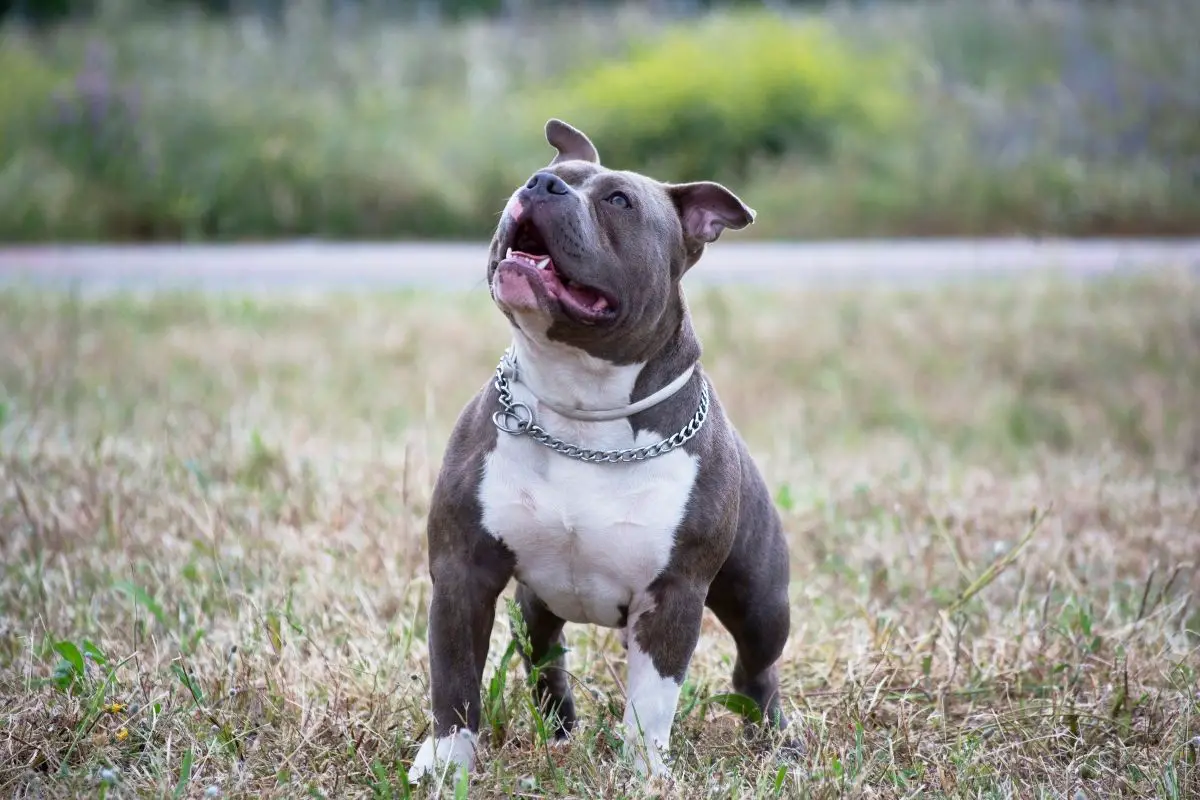
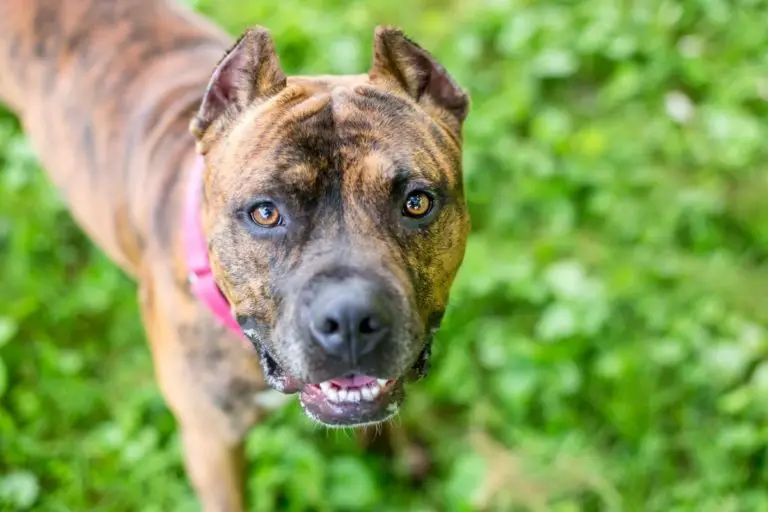
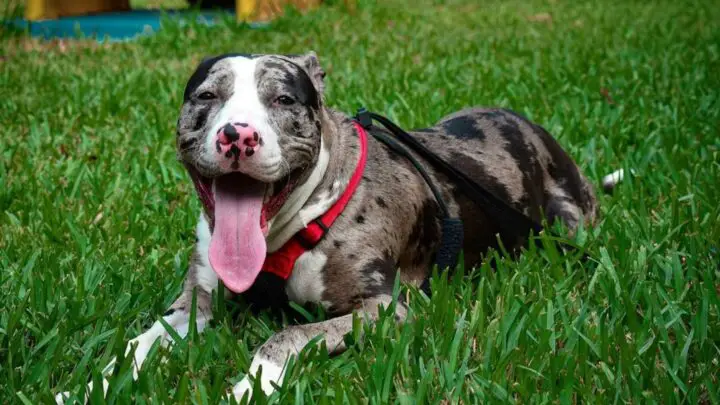
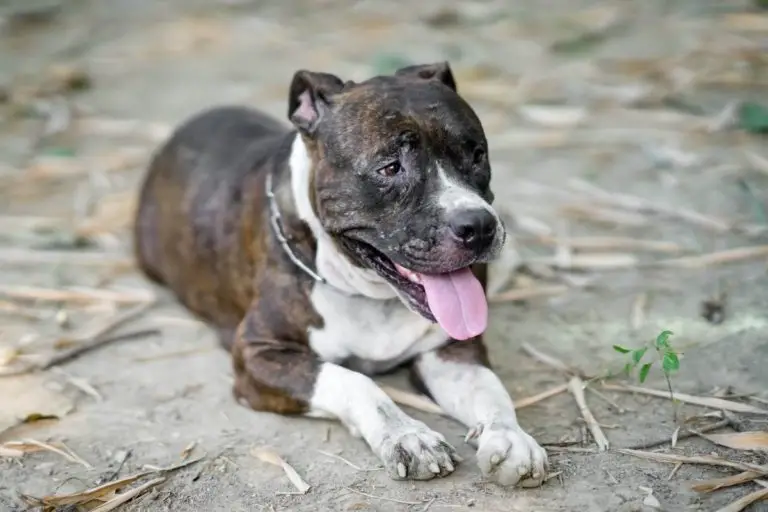
![Why Is Your Pitbull So Small? [Pitbull Size Chart At Every Age]](https://pitbullshome.com/wp-content/uploads/2021/12/pitbull-types-768x512.jpeg)
